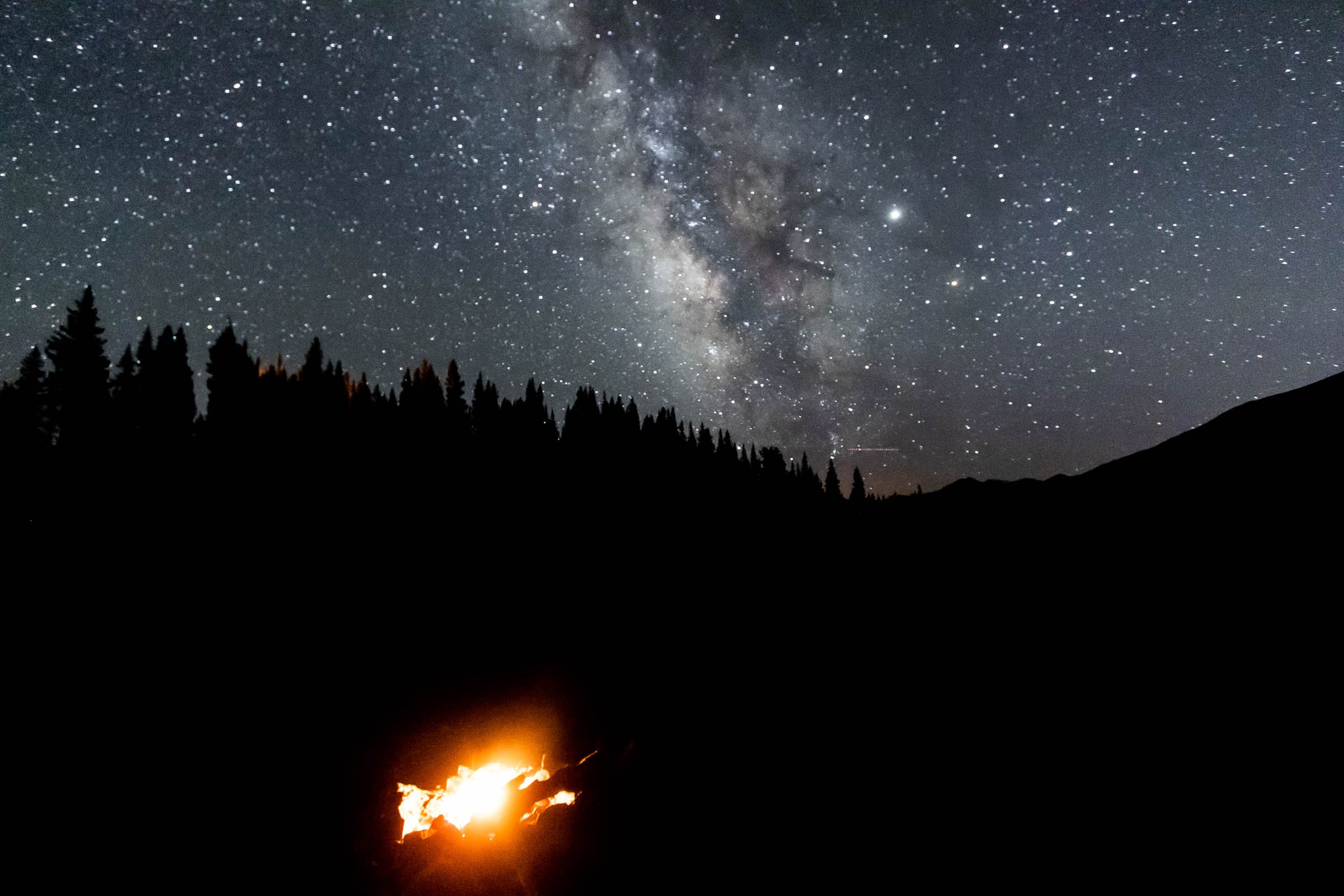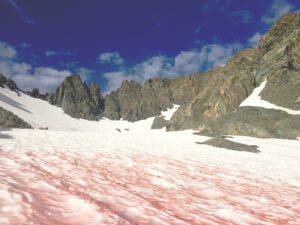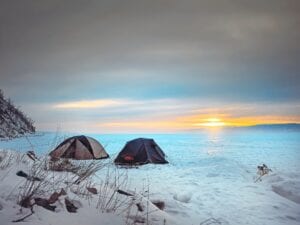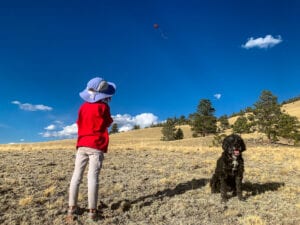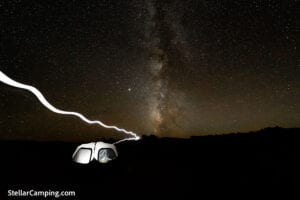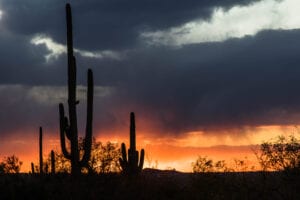How to build a campfire
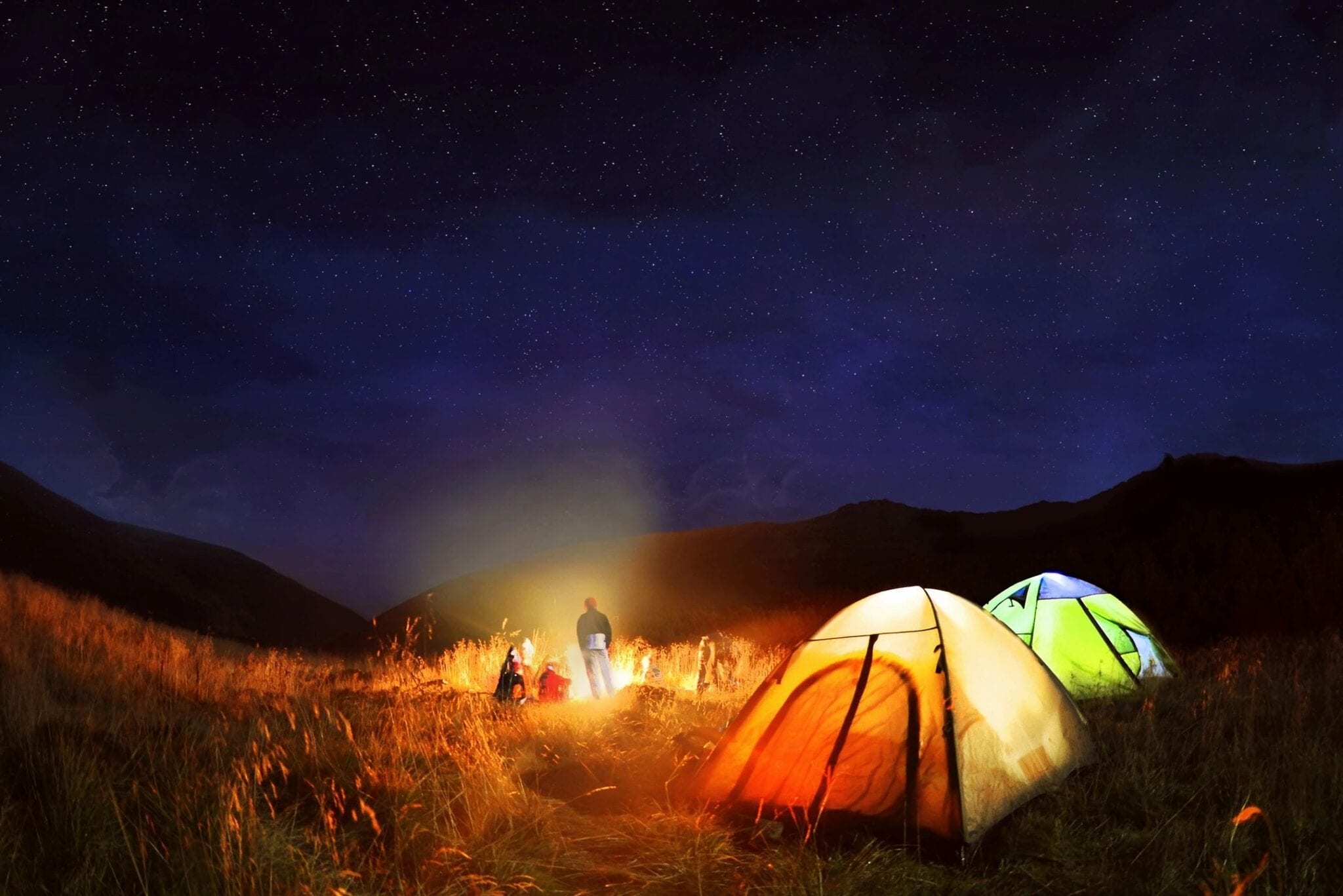
What to bring for building your campfire
- Required supplies:
- Lighter or matches (try stormproof matches)
- Shovel
- Bucket for water
- Water for extinguishing the fire, if you’re not positive water is available at the campsite
- Optional supplies:
- Dryer lint from home as a fire starter
- If you’re car camping, consider bringing firewood
- But only use locally bought firewood (ideally, from less than 10 miles away)—otherwise, you can unwittingly spread non-native insects and diseases
- Remember that some types of wood used in construction are coated with chemicals that produce toxic fumes
- A fire pan—an excellent tool to reduce environmental impact, which allows campers to build a fire at a site lacking an existing fire pit without creating a new pit
- A pop-up fire pit similarly minimizes your impact on campsites while also providing a grilling surface
Where to build a campfire
Only build fires where allowed and where conditions are appropriate. Check with the campground host, visitor center, or ranger station to see whether fires are allowed. You can also look for the fire danger level when driving to your campsite, and don’t make a fire if the level is yellow, orange, or red.
Follow these guidelines to make sure your fire isn’t damaging to the environment and doesn’t present a risk of wildfire:
- Build your fire in an existing pit, if one is available, or use a fire pan
- If you need a new pit, choose a location at least 15 feet from tents, trees, bushes, brush, and other flammable objects—and make sure there are no low-hanging branches above the area
- It’s less damaging to build on sand or gravel than soil
- Don’t build fires where wood is scarce
- Don’t build fires under rock outcroppings where smoke can leave black scars
Preparing for a campfire
Only start your fire once you’re sure you’ll remain at your campsite and will stay awake to monitor the fire until it’s fully out.
- Make sure you have a shovel, bucket, and water handy
- Clear the area in a 10-foot diameter around the pit
- If you need to create your own pit, dig a hole about a foot deep and enclose it with a ring of rocks
- Gather three types of material to burn:
- Tinder (needles, dry grass, twigs, dryer lint, etc.)
- Kindling (small sticks and branches)
- Firewood (logs or other large pieces of wood)
- Don’t cut wood from standing trees, whether living or dead—live wood won’t burn well anyway, and wood that’s dead but still standing serves as wildlife habitat
- The drier the wood, the better it will burn
- If conditions are damp, try looking for wood in the protected area under coniferous trees, or peel bark off moist wood
Building and maintaining a campfire
Once you’re ready to begin, put tinder in the middle of the pit and place kindling over the tinder. Ignite and blow gently toward the base of the fire. Add more tinder, then add more kindling and firewood (leaving moderate space between logs for ventilation).
Two tried-and-true formations are the teepee and log cabin
- A teepee formation is easy to build and is good for a cooking fire, but requires frequent maintenance—you need to keep adding wood to the teepee
- For cooking with this type of fire, wait until the wood pieces collapse, then set your pot on the coals and place small sticks around the edge to keep the fire going
- A log cabin produces a long-lasting fire but uses more wood—place two pieces of wood parallel to one another, then stack two more pieces on top in a perpendicular configuration, and continue in that vein; place kindling in the center
In windy conditions, try the lean-to configuration: set down a large log to block the wind; place tinder next to it on the leeward side of the wind; and lean kindling up against the log over the tinder.
To maintain your campfire, shift embers toward the middle so that they fully burn. Keep the fire modest in size so that it’s always under your control. Only burn items that will burn completely (e.g., no plastic or metal). Never leave your campfire or go to sleep without extinguishing the fire, and keep an eye on kids and pets.
Extinguishing a campfire
It’s surprisingly easy for campfires that aren’t fully extinguished to start wildfire. In fact, humans cause more than 60,000 fires each year on average in the U.S. Follow these practices to ensure you don’t become a statistic:
- It’s best to let the fire burn down to ash, time permitting.
- Give yourself at least 20 minutes to fully extinguish a campfire
- Unless local land managers provide contrary directions, drown all embers—even the ones that aren’t red—with water and stir to speed up the cooling process until you no longer hear a hissing sound (don’t stand where the steam can burn you)
- If and ONLY if you don’t have enough water, use a shovel to stir dirt or sand into the embers (this technique is not as effective as using water and requires extra care because embers can remain hot)
- Keep working to extinguish the fire until it’s cool (you can tell by placing the back of your hand close to the embers)—only then is it safe to leave!
- To reduce your impact on the environment and other visitors, remove and pack out any non-natural debris from your pit that did not burn
